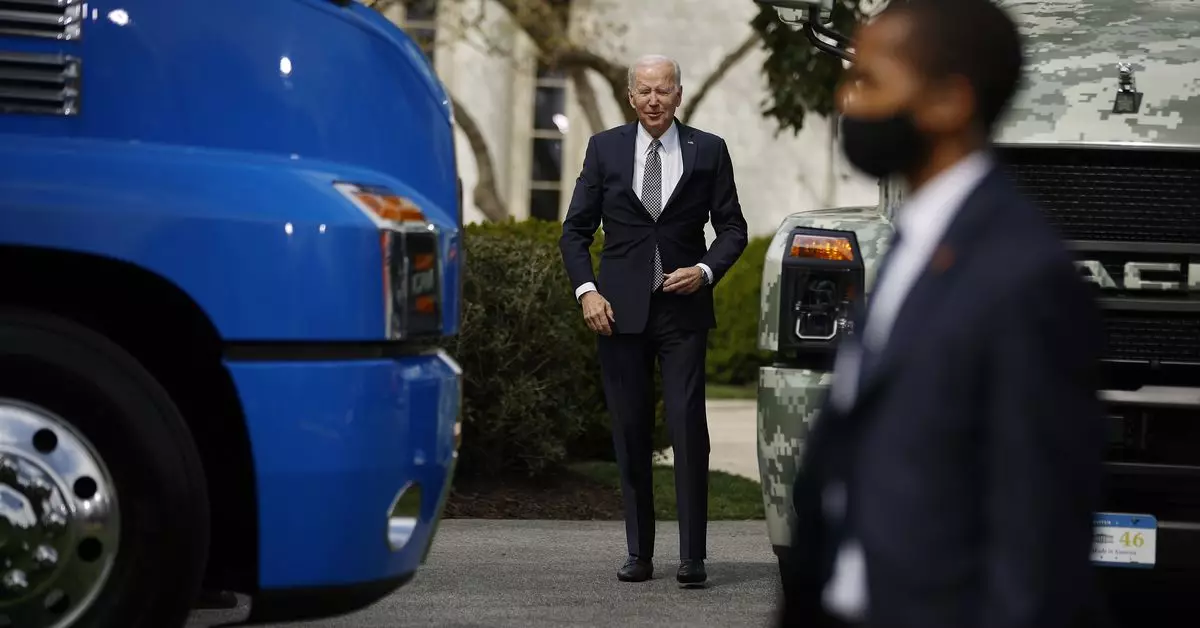The Biden administration recently introduced a new vehicle emission rule that set forth more lenient regulations than initially anticipated. This rule dictates that fuel economy will see a meager 2 percent increase annually for passenger cars between 2027 and 2031, and a similar increase for light trucks between 2029 and 2031. Consequently, the National Highway Traffic Safety Administration (NHTSA) projects that the average fuel economy for light-duty vehicles will reach approximately 50.4 miles per gallon by the year 2031.
Initially, President Joe Biden proposed a more ambitious plan in 2022, where passenger vehicles would be required to achieve an average of 55 miles per gallon by 2026. Furthermore, in 2023, NHTSA suggested elevating the Corporate Average Fuel Economy (CAFE) standards by 2 percent for passenger cars and 4 percent for light-duty trucks annually from 2027 to 2032. However, these figures have been notably scaled down in the current regulations.
The automotive industry has welcomed the new CAFE standards, referring to them as “good and appreciated.” Nonetheless, they have questioned the necessity of these standards in an era where the industry is swiftly transitioning towards electrification. On the other hand, certain environmental groups have expressed dissatisfaction with the less rigorous standards but overall acknowledge that they will lead to reduced pollution and the production of cleaner vehicles.
Despite the incremental progress in fuel economy over the years, the United States continues to lag in meeting impending deadlines. The prevailing preference for larger trucks and SUVs among American consumers has placed domestic automakers at a disadvantage relative to their international counterparts concerning improving gas mileage.
While the latest vehicle emission rule has drawn mixed reactions from various stakeholders, it underscores the ongoing challenge of balancing environmental concerns with the practicalities of the automotive industry’s evolution. The need for further innovation and investment in alternative technologies remains paramount for achieving substantial advancements in fuel efficiency and reducing harmful emissions.


Leave a Reply
You must be logged in to post a comment.